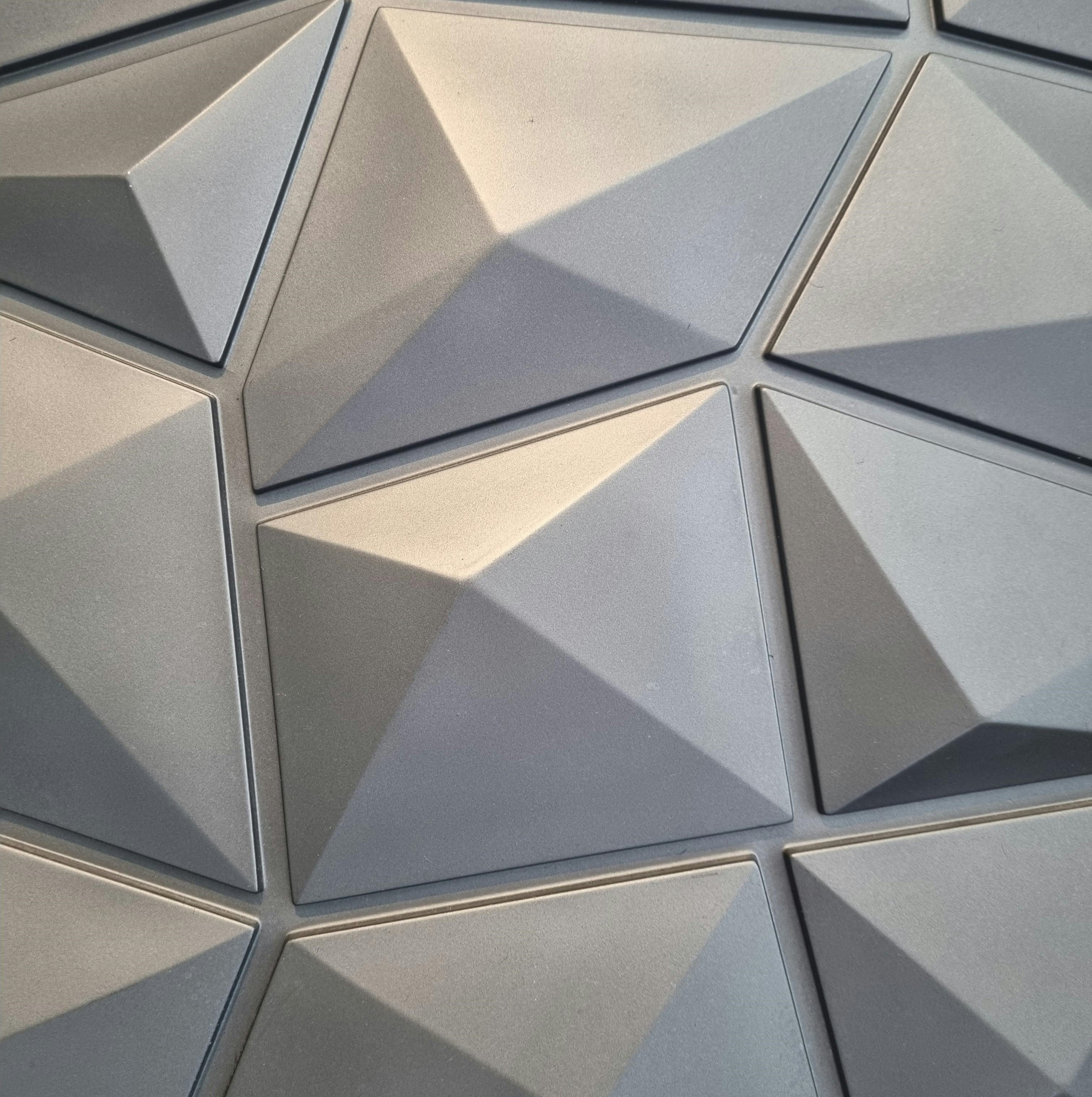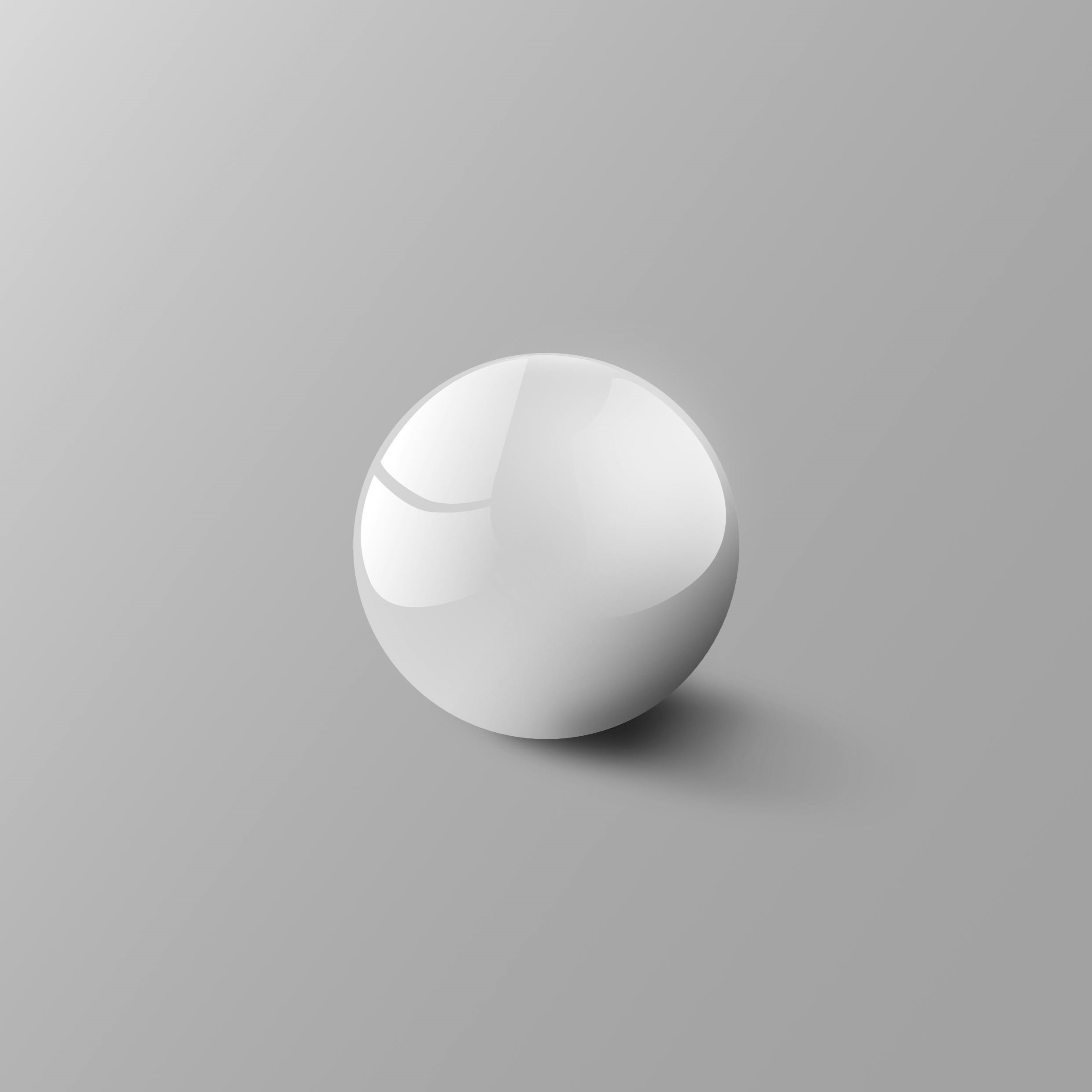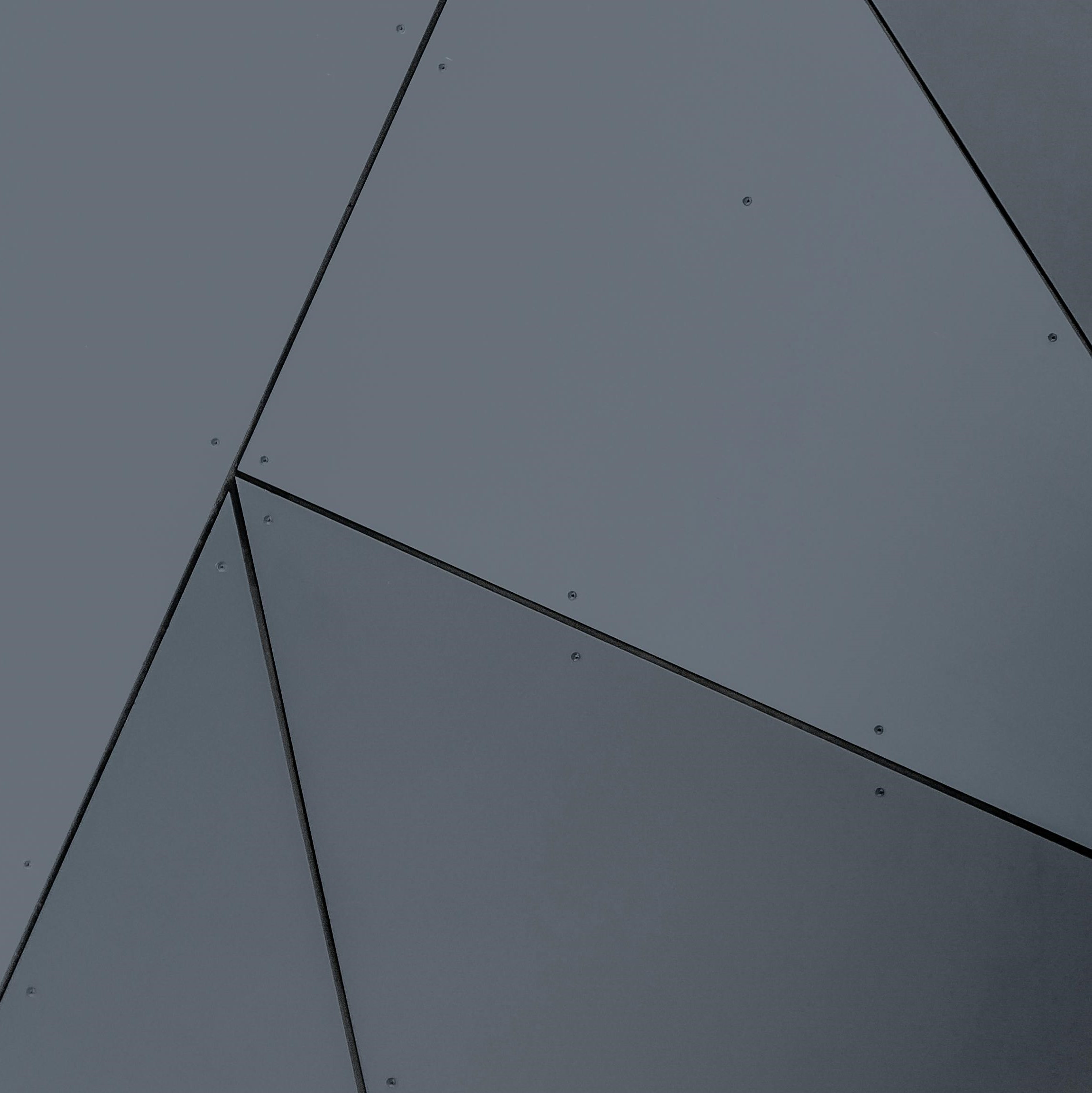What is coating?
Coating involves applying a layer of material to the surface (substrate) of an object to enhance its properties or appearance. Coatings can protect against corrosion, wear and environmental factors or improve aesthetics.
Coatings come in many forms - liquid, gas or solid - and can be applied by methods such as spraying, dipping or brushing. 3DSPRO uses spraying.















